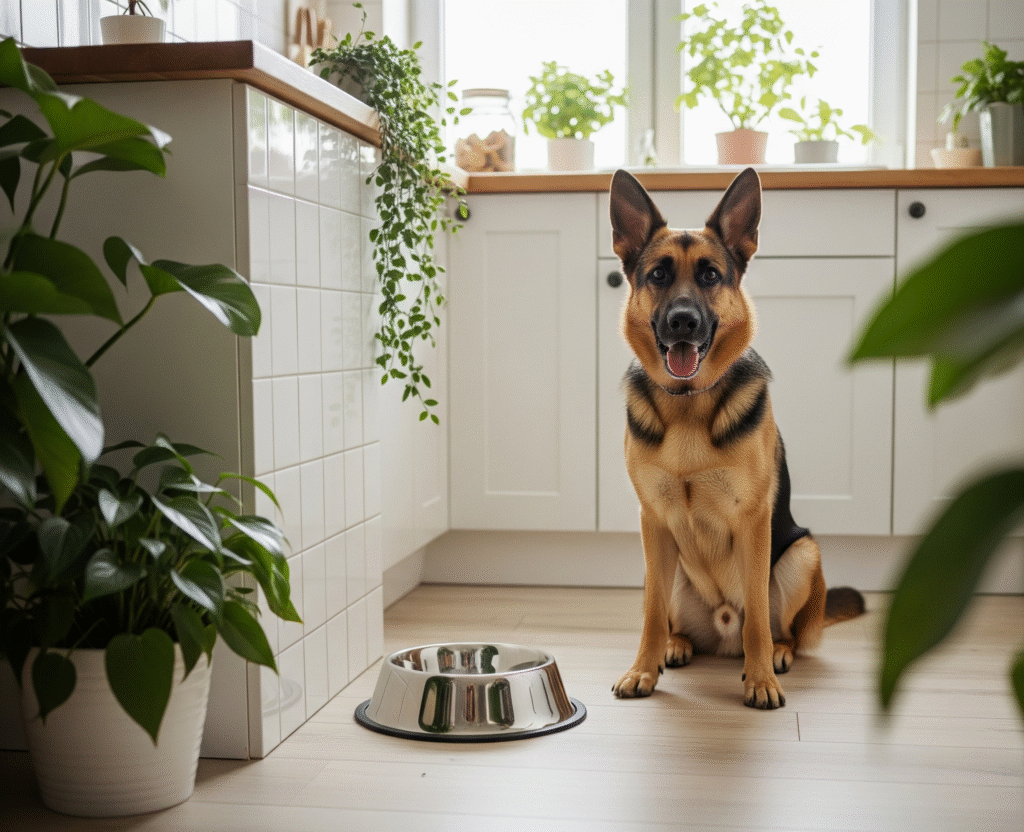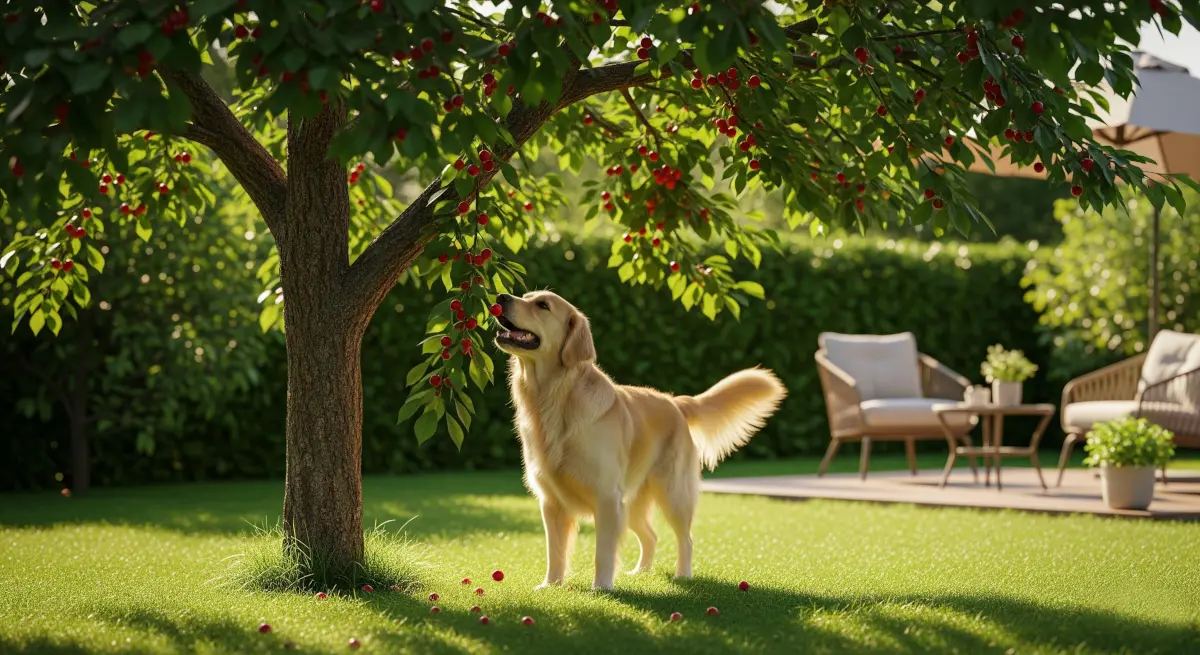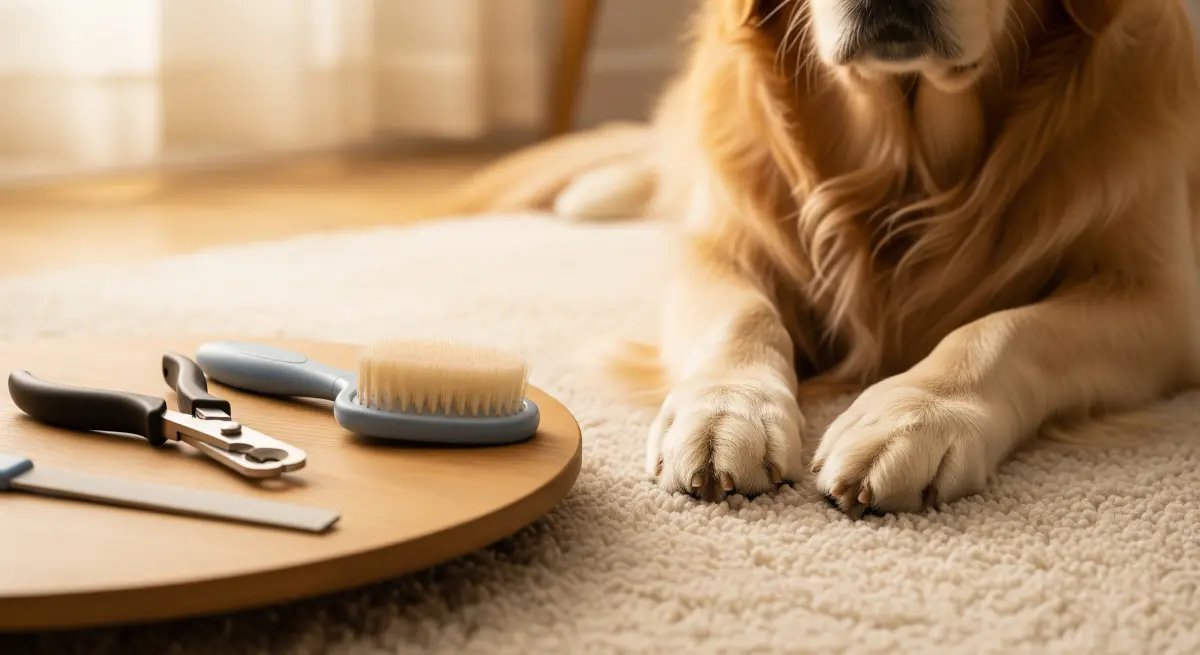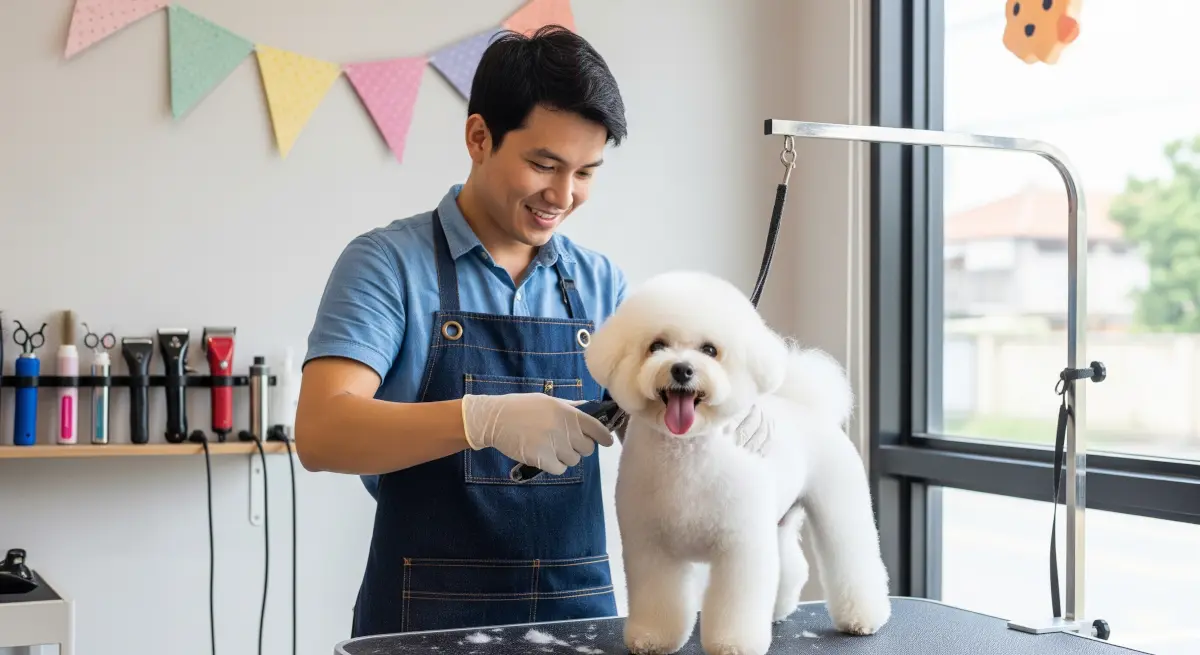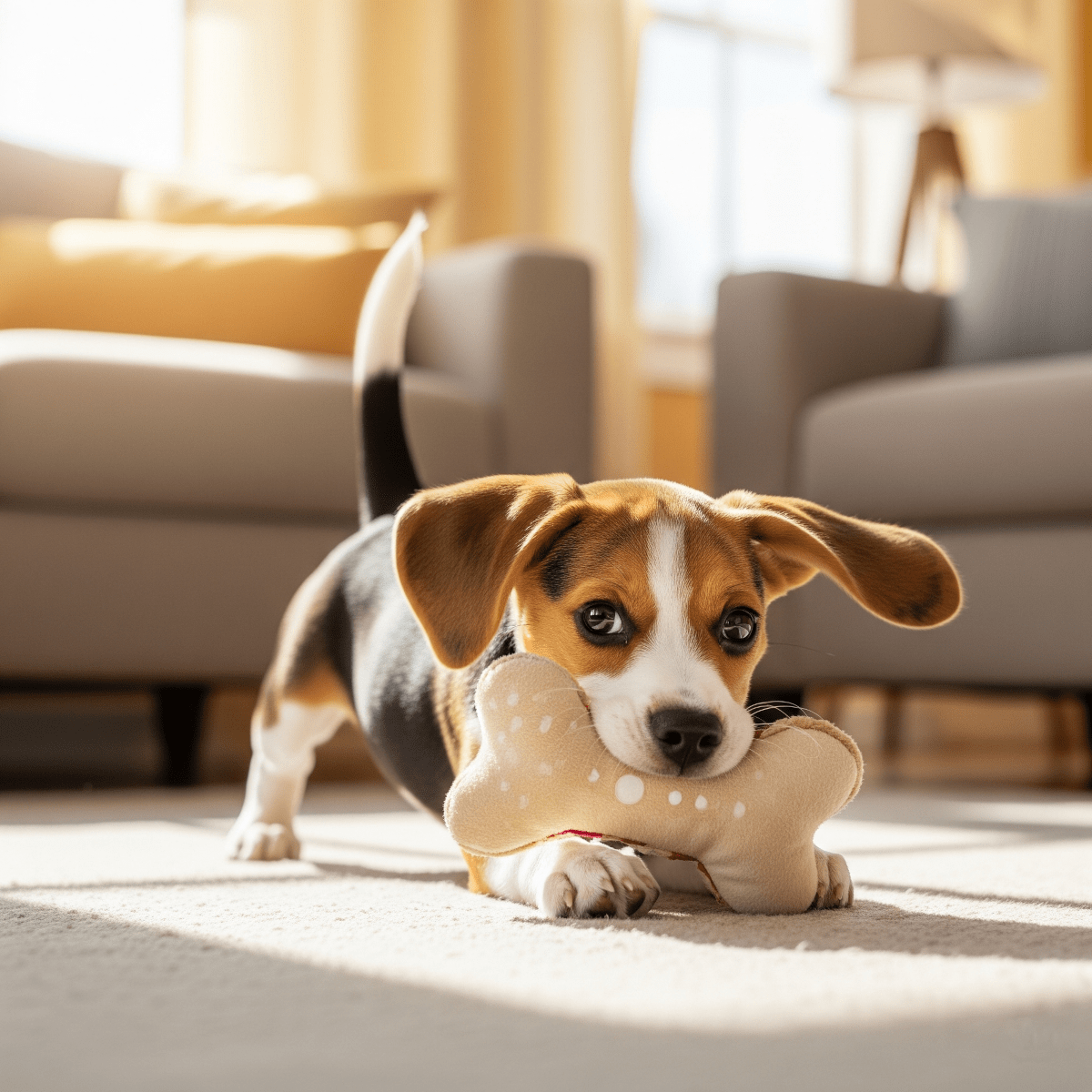A dog plate is far more than just a simple feeding vessel—it’s a fundamental tool that directly impacts your pet’s health, comfort, and eating behavior. Many pet owners underestimate how the right dog bowl can transform mealtime from a rushed, messy affair into a healthy, enjoyable experience for their furry companion. In this comprehensive guide, you’ll discover the critical differences between materials, shapes, and sizes, plus learn how to choose the perfect feeding solution based on your dog’s specific needs and health considerations.
Table of Contents
- Why Your Dog Plate Choice Matters
- Materials Breakdown: Stainless Steel vs. Ceramic vs. Plastic
- Shape and Size Considerations
- Elevated vs. Floor-Level Feeding
- Breed-Specific Recommendations
- Health Conditions and Special Considerations
- Frequently Asked Questions
Why Your Dog Plate Choice Matters
The dog feeding bowl you choose affects far more than just holding your pet’s food. When selecting from various dog essentials, the feeding bowl often gets overlooked despite being one of the most frequently used items in your pet’s daily routine.
Your dog’s posture during eating directly influences their digestion. A poorly designed dog bowl can cause neck strain, leading to discomfort and potential long-term health issues. Additionally, the wrong material can harbor bacteria, while an inappropriate size might encourage gulping or make eating difficult for your pet.
The feeding experience also impacts behavior. Dogs who struggle with their bowls often develop anxiety around mealtime or exhibit messy eating habits that could be easily resolved with the right dog plate selection.
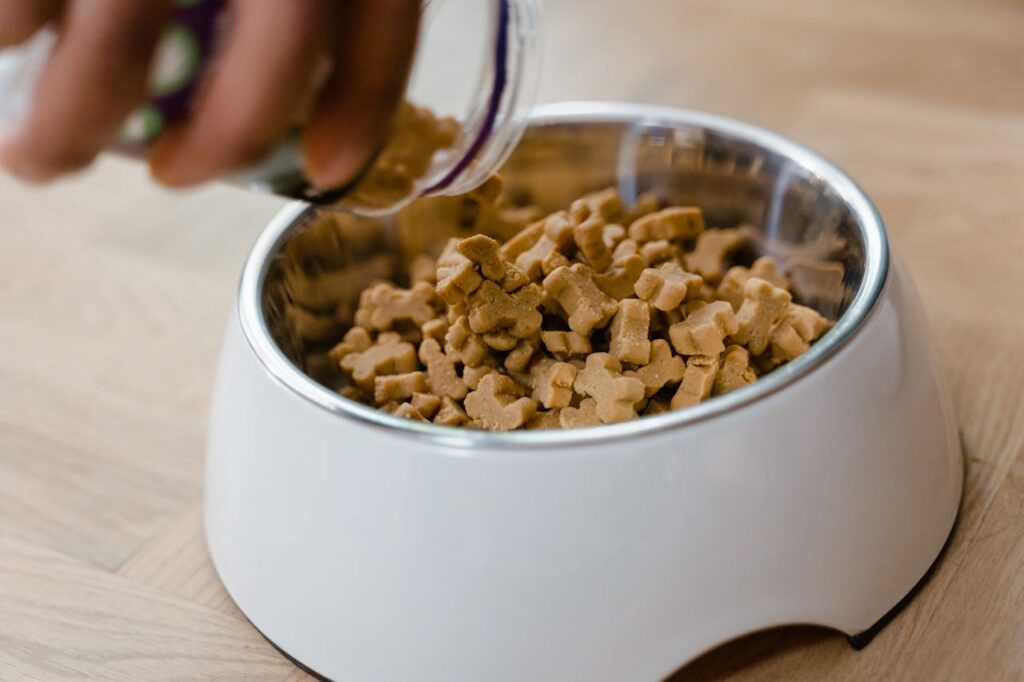
Materials Breakdown: Stainless Steel vs. Ceramic vs. Plastic
Stainless Steel Dog Bowls
Stainless steel represents the gold standard for dog feeding bowls. These bowls offer unmatched durability and hygiene benefits that make them ideal for most dogs. They resist bacteria buildup, don’t retain odors, and can withstand years of daily use without showing wear.
The non-porous surface makes cleaning effortless, while the material’s resistance to scratching means fewer places for harmful bacteria to hide. However, stainless steel bowls can be noisy when your dog eats and may slide around on smooth floors without rubber bases.
Ceramic Dog Plates
Ceramic dog bowls combine functionality with aesthetic appeal. Their weight prevents sliding during meals, making them excellent for enthusiastic eaters. The glazed surface resists bacteria and cleans easily, while the material doesn’t affect food taste.
These bowls work particularly well for dogs who tend to chew or scratch at plastic bowls. However, ceramic can chip or crack if dropped, potentially creating sharp edges or harboring bacteria in damaged areas.
Plastic Dog Bowls
While plastic dog bowls offer affordability and lightweight convenience, they present several challenges. Plastic surfaces can scratch easily, creating grooves where bacteria multiply. Some dogs develop contact allergies to certain plastics, leading to chin irritation or hair loss.
Additionally, plastic bowls may retain odors and stains over time. If choosing plastic, look for high-quality, BPA-free options and replace them regularly to maintain hygiene standards.
Shape and Size Considerations
The shape of your dog plate significantly impacts the eating experience. Shallow, wide bowls work best for flat-faced breeds like bulldogs and pugs, preventing breathing difficulties during meals. Deep, narrow bowls suit dogs with long snouts but can cause ear contamination in breeds with floppy ears.
Size matters tremendously. A bowl should hold your dog’s meal portion comfortably without overflowing, but shouldn’t be so large that food spreads too thin. Small dogs need proportionally smaller bowls, while large breeds require substantial capacity.
Consider your dog’s eating style when selecting bowl depth. Fast eaters benefit from puzzle bowls or deeper designs that naturally slow consumption, while careful eaters might prefer shallow options that don’t obscure their view of the food.
Elevated vs. Floor-Level Feeding
Elevated dog bowls have gained popularity, particularly for larger breeds. An elevated dog bowl can improve posture during eating, potentially reducing strain on the neck, shoulders, and joints. This positioning may benefit senior dogs with arthritis or mobility issues.
However, elevation isn’t universally beneficial. Some veterinarians caution that elevated feeding might increase bloat risk in certain large, deep-chested breeds. The ideal height places the bowl at approximately your dog’s chest level when standing naturally.
For most dogs, floor-level feeding remains perfectly adequate and mirrors their natural eating position. Consider your dog’s specific needs, age, and any health conditions when deciding between elevated and traditional placement.
Breed-Specific Recommendations
Different breeds have unique feeding requirements that influence dog plate selection. Brachycephalic breeds (flat-faced dogs) need shallow, wide bowls to accommodate their shortened airways and prevent breathing difficulties while eating.
Long-eared breeds like Cocker Spaniels and Basset Hounds benefit from deeper, narrower bowls that keep ears out of food and water. Some owners prefer specialized bowls with tapered designs specifically for these breeds.
Large breeds often do better with elevated feeding systems, while toy breeds might struggle with bowls that are too deep or wide. Consider your dog’s mouth size, eating habits, and physical characteristics when making your selection.
Health Conditions and Special Considerations
Certain health conditions require specific dog feeding bowl considerations. Dogs with megaesophagus need elevated feeding combined with special positioning to help food reach the stomach properly. Arthritic dogs benefit from elevated bowls that reduce joint stress during meals.
Fast eaters who risk bloat or choking need slow-feeder bowls with built-in obstacles that encourage deliberate eating. Dogs with dental issues might prefer softer materials or specific shapes that accommodate their limitations.
Senior dogs often benefit from elevated feeding systems and non-slip bases that prevent bowl movement. Consider your dog’s changing needs as they age and adjust their feeding setup accordingly.
Frequently Asked Questions
How often should I replace my dog’s bowl?
Stainless steel and ceramic bowls can last for years with proper care, while plastic bowls should be replaced every 6-12 months or when showing signs of wear like scratches or cracks. Regular inspection helps determine when replacement is necessary for hygiene and safety reasons.
Can the wrong dog bowl cause health problems?
Yes, inappropriate dog bowls can contribute to various issues including bacterial infections, neck strain, eating difficulties, and behavioral problems around mealtime. Choosing the right bowl material, size, and height helps prevent these potential problems.
Are elevated dog bowls better for all dogs?
Elevated dog bowls aren’t universally better and may increase bloat risk in some large breeds. They’re most beneficial for senior dogs, those with arthritis, or specific breeds with particular needs. Consult your veterinarian before switching to elevated feeding.
What size bowl does my dog need?
Choose a bowl that comfortably holds your dog’s meal portion without being oversized. Small dogs typically need 1-2 cup capacity bowls, medium dogs need 2-4 cups, and large dogs require 4+ cup capacity depending on their specific dietary needs.
How do I clean my dog’s bowl properly?
Wash your dog’s bowl daily with hot, soapy water, rinse thoroughly, and dry completely. Stainless steel and ceramic bowls can go in the dishwasher, while plastic bowls need gentle hand washing to prevent damage that could harbor bacteria.
Conclusion
Selecting the right dog plate involves careful consideration of your pet’s individual needs, from breed characteristics to eating habits and health conditions. The perfect dog feeding bowl serves as more than just a food container—it becomes an essential tool that supports your dog’s health, comfort, and overall wellbeing throughout their daily routine.
Remember that your dog’s requirements may evolve over time, particularly as they age or develop new health considerations. Regular assessment of their feeding setup ensures continued comfort and optimal nutrition delivery, making mealtime a positive experience for your furry companion.
Investing in the right dog bowl is ultimately an investment in your pet’s long-term health and happiness. By understanding the nuances of materials, shapes, sizes, and special features, you can make an informed decision that transforms every meal into a comfortable, healthy experience. Take time to observe your dog’s eating habits and preferences—their behavior will guide you toward the perfect feeding solution that meets their unique needs.

